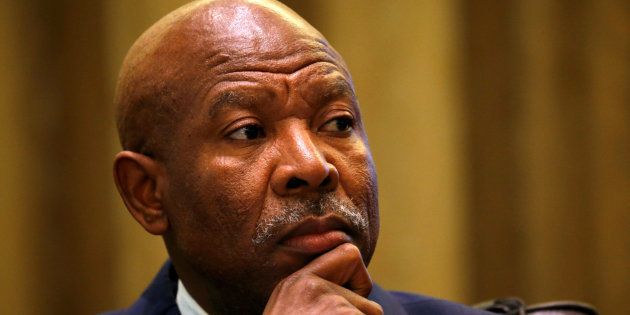
Extracts from the keynote address at the Nelson Mandela Centre of Memory by the South African Reserve Bank governor, Lesetja Kganyago on 26 September 2017
The sovereign ratings of South Africa, which are the key theme of my speech this evening, have been a prominent concern for policymakers and investors alike in recent years, and will again feature heavily in policy discussions as the year-end approaches.
Following the gradual and regular improvement in our country's sovereign ratings from the advent of democracy to the mid-2000s, which saw South Africa regain investment-grade status, South Africa's credit standing has again deteriorated in recent years.
Both Standard & Poor's and Moody's rating agencies started downgrading South Africa in 2012; this process culminated in the loss of investment-grade status [for foreign-currency debt] in 2016 with two of the three major rating agencies.
Further reviews of South Africa's ratings are due before year-end. Our growth and fiscal performance, in particular, are therefore under a high degree of international scrutiny at present.
The general public, in particular, the poorer households, may wonder how a rating downgrade can directly affect their daily lives. After all, poor people do not borrow overseas; they do not run businesses that are dependent on financing by foreign investors; they rarely travel overseas; they do not directly hold shares in listed companies.
When debt-servicing costs rise faster than the overall budget, the amount of money available for other missions –- especially those of utmost importance to the poor, like public health, education, infrastructure, and social services –- is reduced.
South Africa's debt-to-GDP ratio has moved to a relatively high position, which could –- if continued -– reduce our country's relative attractiveness to global investors.
Across the world, countries with the lowest creditworthiness and with the most difficult access to international market financing are generally those with the poorest Human Development Indices. To a large extent, poor households 'pay' for the low credit quality of their sovereign.
Some may argue that faced with higher debt-servicing costs, there are policy alternatives to curbing redistributive government expenditure, such as increasing public borrowing or raising taxes on higher-income households. However, these alternatives are probably not sustainable in the long run. Simply adding to borrowing would most likely, over time, prompt further downgrades, raise interest rates, and threaten a financial crisis.
From 26 percent of GDP just before the global financial crisis, South Africa's debt-to-GDP ratio is expected to rise to 52 percent in the current financial year, even without including contingent liabilities. [This is, effectively, a doubling of the ratio in less than 10 years.]
From what was 1 gross domestic product Page 5 of 10 a relatively low level by emerging-market standards in the 2000s, South Africa's debt-to-GDP ratio has moved to a relatively high position, which could –- if continued -– reduce our country's relative attractiveness to global investors.
Some commentators claim that further downgrades to South Africa's sovereign ratings would not starve the country of foreign capital, as other investors -– specifically, funds of a more speculative nature – would still buy domestic financial assets.
However, apart from the fact that these investors would require a higher return on South African assets than recent historical norms, their investments would be more short-term in nature, most likely resulting in a higher volatility of market prices.
South Africa's economy to become stronger and more resilient, and to make inroads into poverty, we need not only to avoid further downgrades; we should also ensure that the recent downgrades are eventually reversed.
This, in turn, would increase the climate of uncertainty facing domestic businesses, with negative consequences for fixed investment, job creation, and therefore poverty and inequality.
A sovereign rating is not a policy goal per se. Rather, it is a reflection of a broad range of economic, social, and political factors that constitute the creditworthiness of a country. Key among these factors is the strength of our institutions, including the Chapter 9 institutions, the judiciary, and the South African Reserve Bank.
These institutions underpin our democracy and our creditworthiness. It is this creditworthiness that policymakers should strive to improve, for goals that include development and poverty reduction.
As international experience shows, it is a failure to generate sufficient economic growth and to maintain healthy fiscal and external balances that keep large portions of a country's population in poverty. For South Africa's economy to become stronger and more resilient, and to make inroads into poverty, we need not only to avoid further downgrades; we should also ensure that the recent downgrades are eventually reversed.
